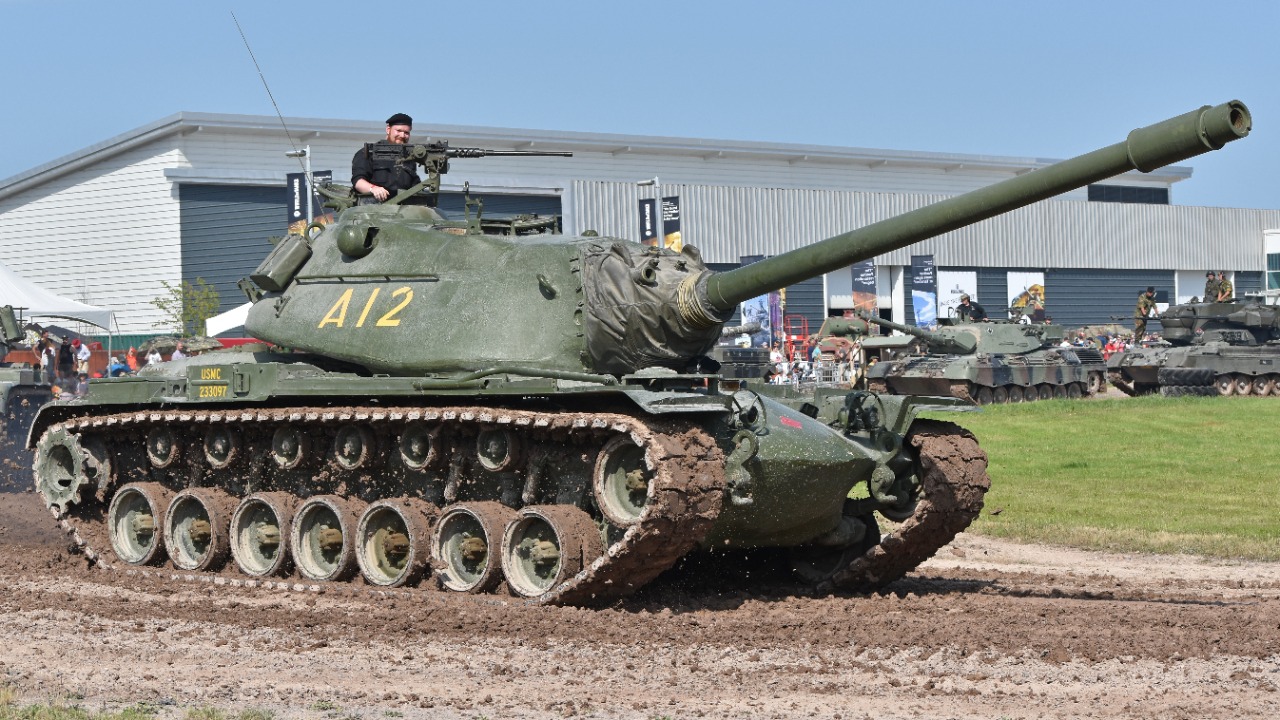
The M60 machine gun, a product of Saco Defense, was adopted by the U.S. military in 1957 as its standard general-purpose machine gun. It fired the 7.62×51mm NATO cartridge and weighed approximately 23 pounds unloaded, making it a heavy but versatile weapon for squad support. During the Vietnam War, it saw extensive use by U.S. forces, with over 1,200 M60s deployed in infantry units by 1965, earning the nickname “The Pig” for its cumbersome size and belt-fed mechanism. In modern conflicts, upgraded variants like the M60E4 have been employed by U.S. special operations in Iraq and Afghanistan as late as 2010, highlighting its enduring role despite partial replacement by the M240.
Origins in the Cold War Era
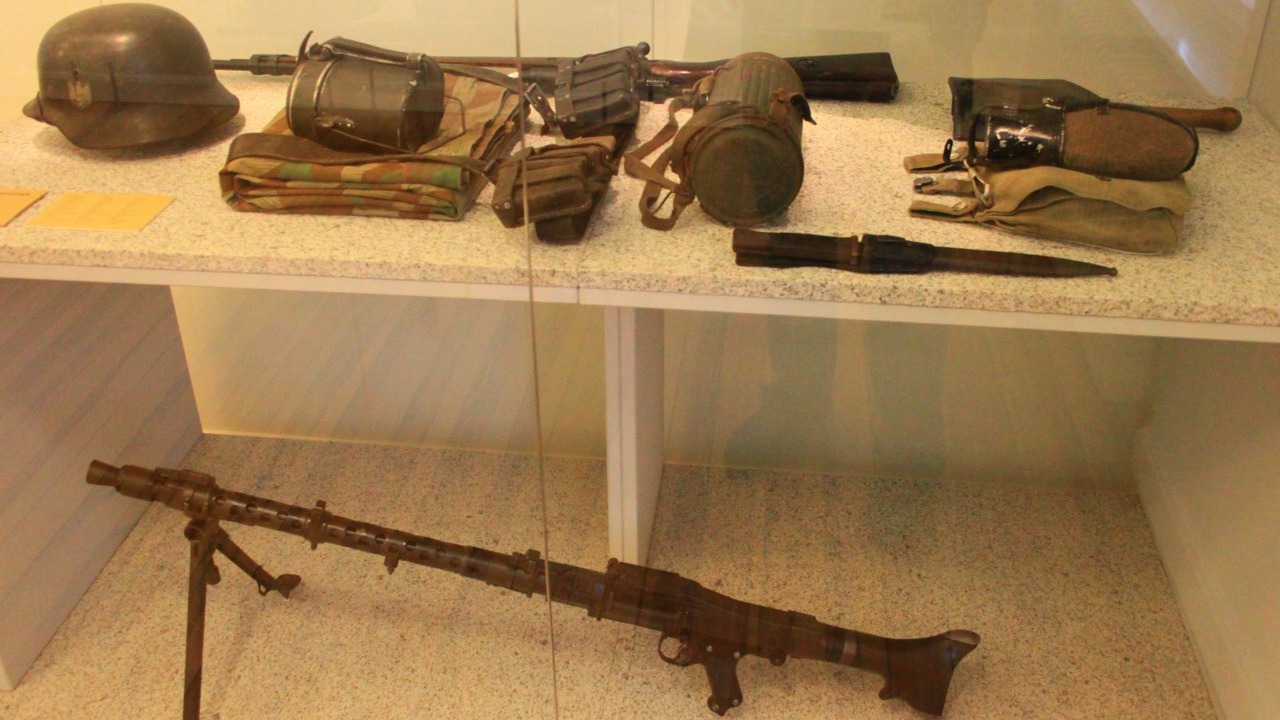
In the 1940s, the U.S. Army was in search of a new medium machine gun to replace the Browning M1919. This led to a 1952 design contract awarded to Saco Defense in Maine. The new weapon was to combine features from the German MG42 and FG42. The initial prototypes were tested at Aberdeen Proving Ground in 1954, which incorporated a quick-change barrel and gas-operated system firing at 550 rounds per minute.
On March 28, 1957, the weapon was formally adopted as the M60. Initial production started at the Watervliet Arsenal in New York, producing 500 units in the first year. This marked the beginning of the M60’s journey from a Cold War icon to a modern combat role.
Early Production and Deployment Challenges
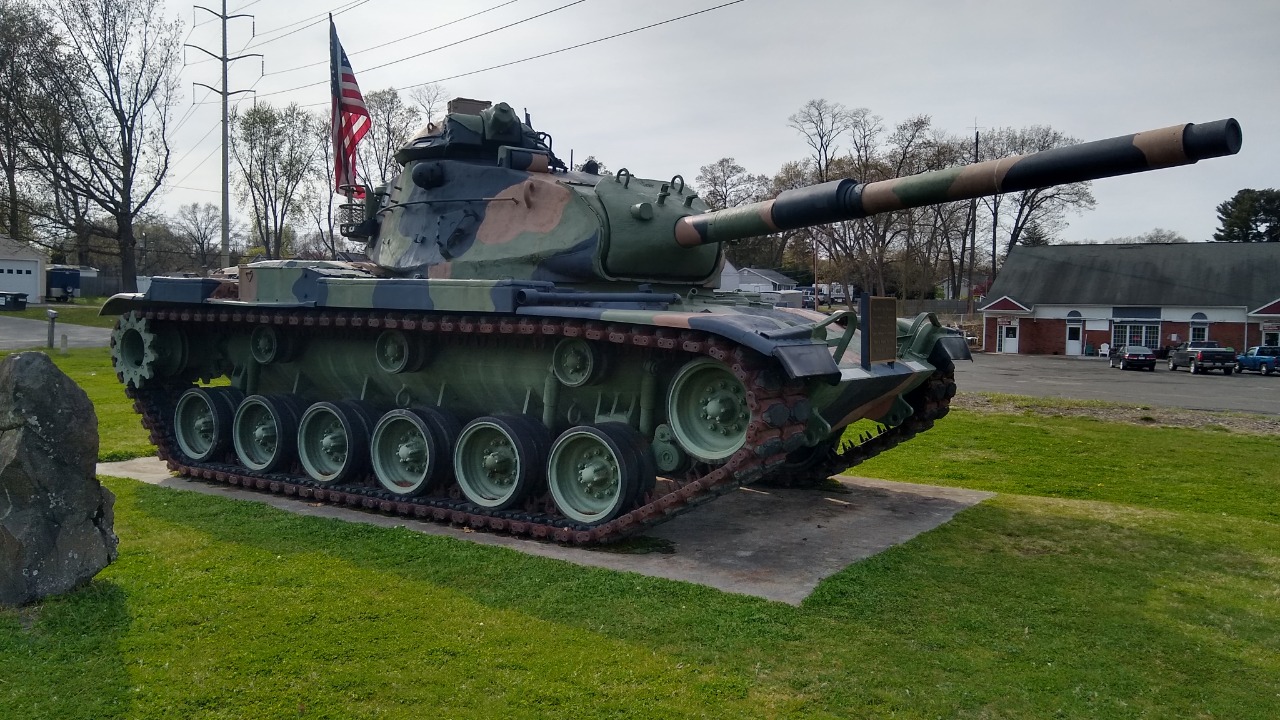
Production ramped up at the New Britain Machine Company in Connecticut from 1958. However, manufacturing flaws like barrel warping led to reliability issues in early models. Field tests in 1959 at Fort Benning, Georgia, praised the M60’s 650-1,000 meter effective range, but overheating during sustained fire required design tweaks.
The first combat trials of the M60 took place in 1960 with U.S. advisors in Vietnam. The harsh conditions of dust and humidity caused jamming in 20% of units tested, indicating the need for further improvements.
Iconic Role in the Vietnam War
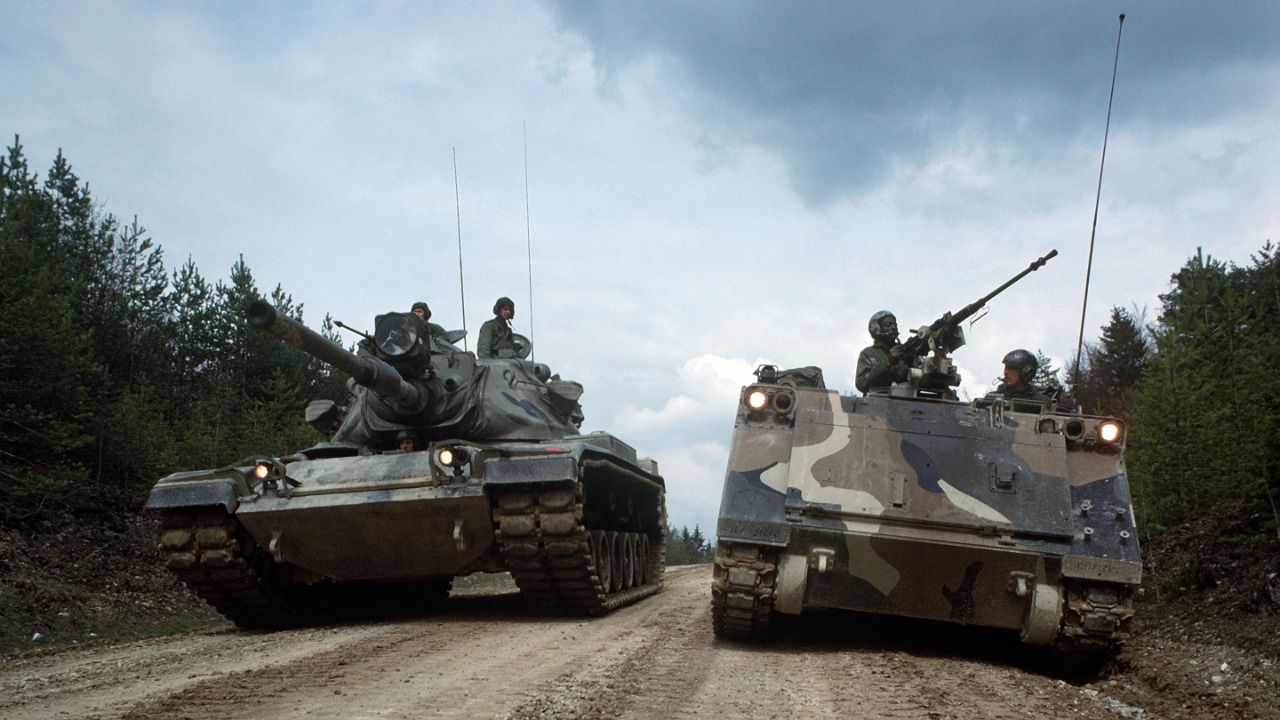
By 1965, the M60 was issued widely to U.S. Army and Marine Corps units. Each rifle squad was allocated one M60 manned by a gunner and assistant, firing up to 200-round belts. The weapon played a key role in engagements like the Battle of Ia Drang in November 1965, where M60 fire suppressed North Vietnamese advances, saving elements of the 1st Cavalry Division.
However, logistical strains became apparent. By 1968, 15,000 M60s were fielded, but high maintenance needs with barrels replaced every 1,000 rounds due to wear posed significant challenges.
Cold War Expansions and International Adoption
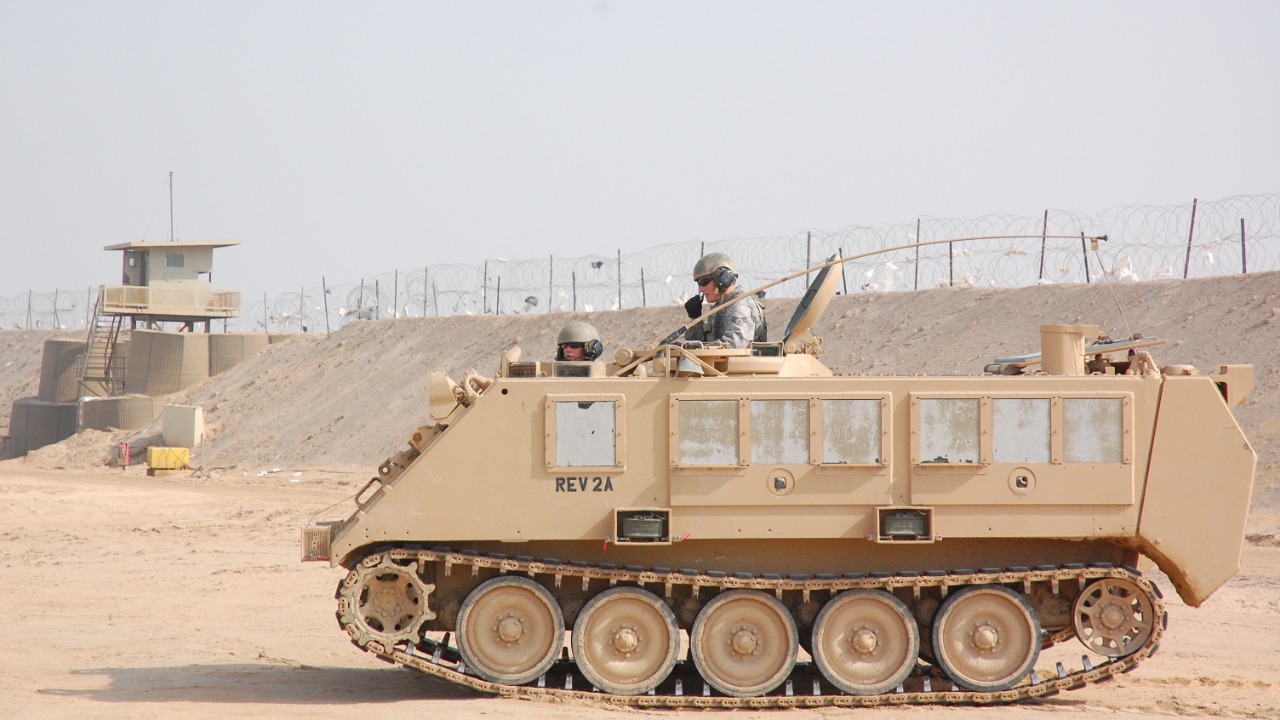
The M60 was not only used by U.S. forces. In 1960, exports to allies like West Germany saw the Bundeswehr integrating 10,000 M60s into NATO forces for European defense against Soviet threats. The M60 was also deployed in Korea and Europe during the 1970s, mounted on M113 APCs in the 3rd Armored Division, Germany, enhancing armored infantry firepower.
Israel adopted the M60 in 1967, using it during the Six-Day War. The M60 provided suppressive fire in urban battles around Jerusalem, demonstrating its effectiveness in various combat scenarios.
Variants and Technological Upgrades
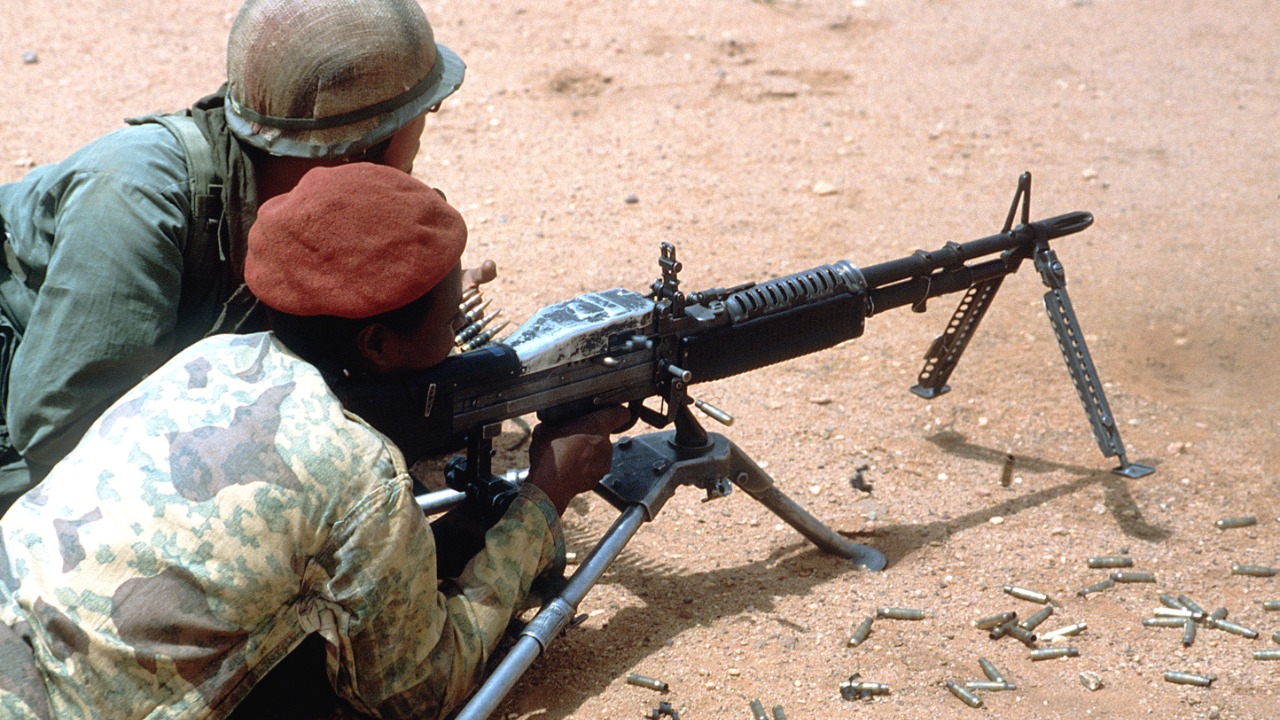
Over the years, the M60 saw several upgrades and variants. The M60D variant was introduced in 1967, a pintle-mounted version for aircraft and vehicles, first used on UH-1 Huey helicopters in Vietnam with spade grips for aerial gunnery. The M60E3 upgrade in 1970 reduced weight to 22 pounds through a shorter barrel and aluminum receiver, deployed to Navy SEAL teams in the 1980s.
The M60E4 model was developed in 1991 by U.S. Ordnance, featuring improved bipod and rail mounts. It entered service in 2004 with a service life extended to 15,000 rounds, showcasing the continuous evolution of the M60.
Transition to Modern Conflicts
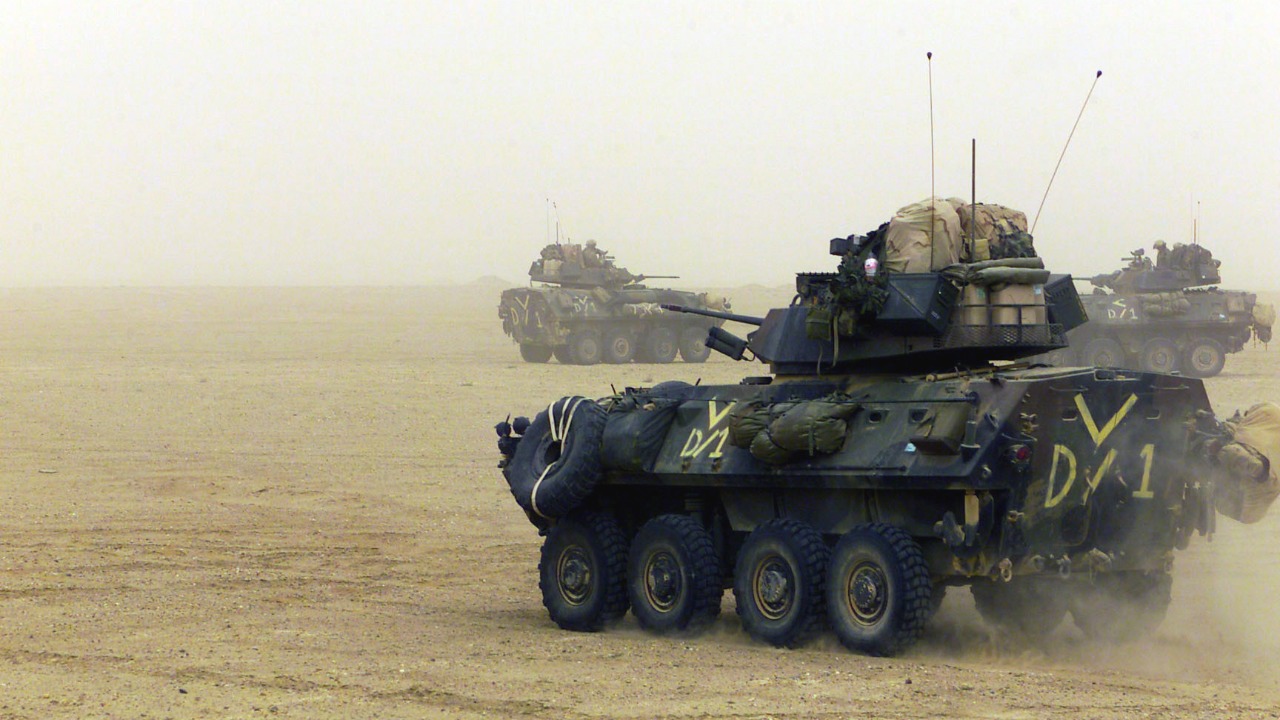
The M60 continued to play a significant role in modern conflicts. During the 1991 Gulf War, U.S. Marines employed M60s on LAV-25 vehicles during Operation Desert Storm, logging over 5,000 combat hours in Kuwait. In Afghanistan from 2001, Special Forces used M60E4s in mountain patrols, effective up to 1,200 meters against Taliban positions.
While the M240B partially phased out the M60 in 1997 for regular Army units, the M60 was retained in National Guard and reserve forces as of 2015, with 2,000 units still in inventory. This underlines the enduring role of the M60, from its origins in the Cold War to its continued use in modern combat.